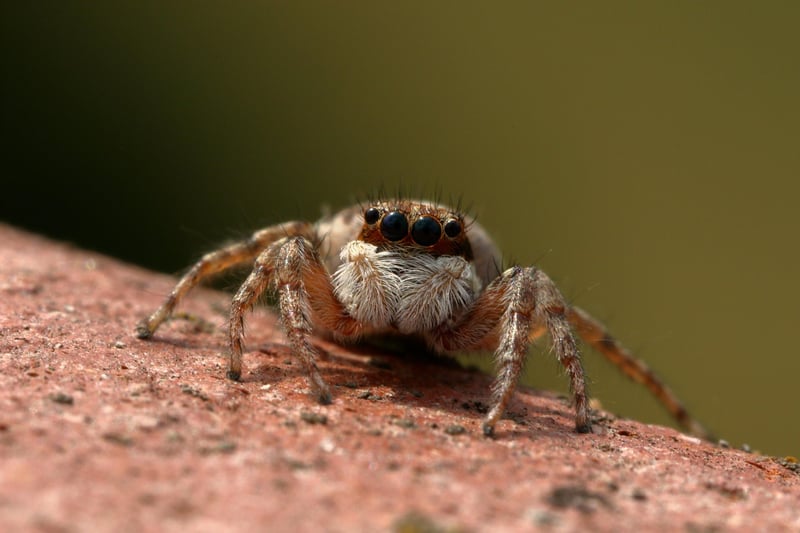Identifying Insects
Managing Garden Pests and Identifying Insects
Gardening is a rewarding and fulfilling activity, but it comes with its challenges, one of which is dealing with garden pests. Understanding how to identify common insects in your garden is crucial for effective pest management. Here are some tips to help you manage garden pests and identify insects:
Common Garden Pests
Some common garden pests include aphids, caterpillars, slugs, snails, and beetles. These pests can cause damage to your plants by feeding on leaves, flowers, and fruits.
1. Aphids
Aphids are small, pear-shaped insects that usually feed in colonies on the undersides of leaves. They suck sap from plants, causing them to wilt and distort.
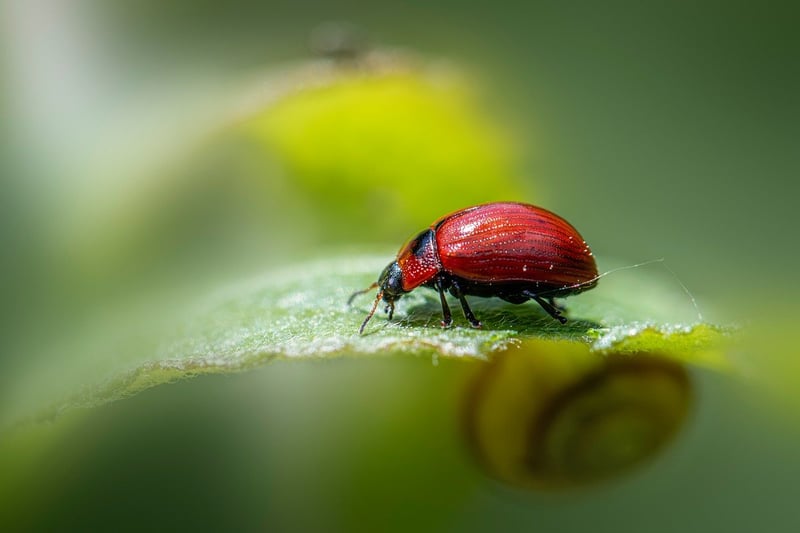
2. Caterpillars
Caterpillars are the larval stage of moths and butterflies. They feed on leaves and can defoliate plants if not controlled.
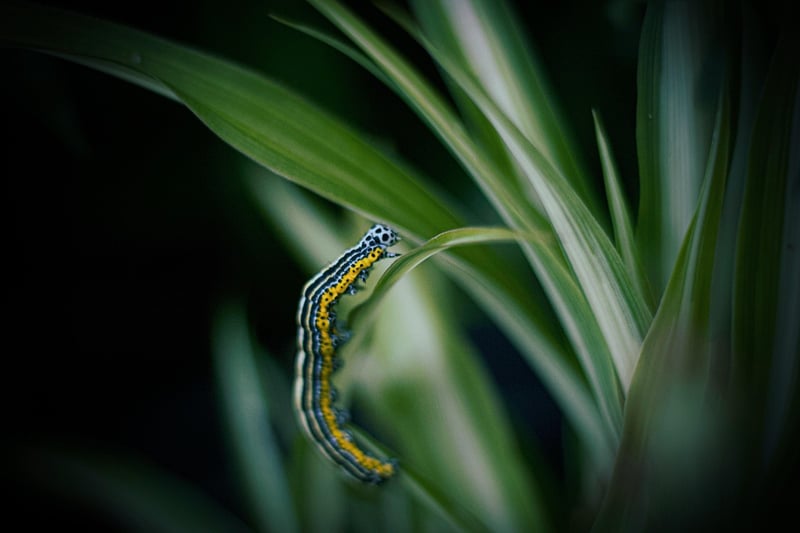
3. Slugs and Snails
Slugs and snails are mollusks that feed on plant leaves, stems, and roots. They are often active at night and can cause extensive damage to young plants.

Identifying Beneficial Insects
Not all insects in your garden are pests; some are beneficial and help control pest populations. It's essential to be able to identify these beneficial insects to encourage their presence in your garden.
1. Ladybugs
Ladybugs are voracious predators of aphids and other soft-bodied insects. Encouraging ladybugs in your garden can help keep pest populations in check.

2. Praying Mantis
Praying mantises are skilled hunters that feed on a variety of garden pests, including caterpillars, beetles, and aphids.
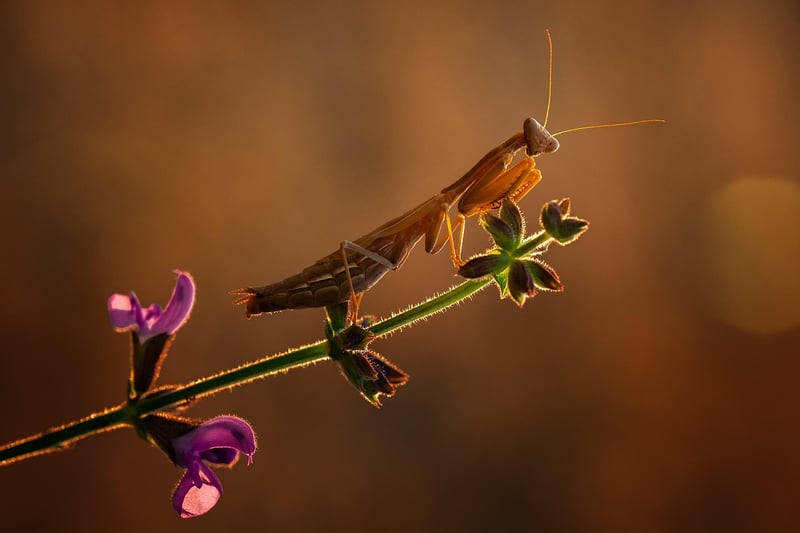
3. Lacewings
Lacewings are delicate insects with intricate wings. Their larvae feed on aphids, caterpillars, and other soft-bodied insects, making them valuable allies in pest control.
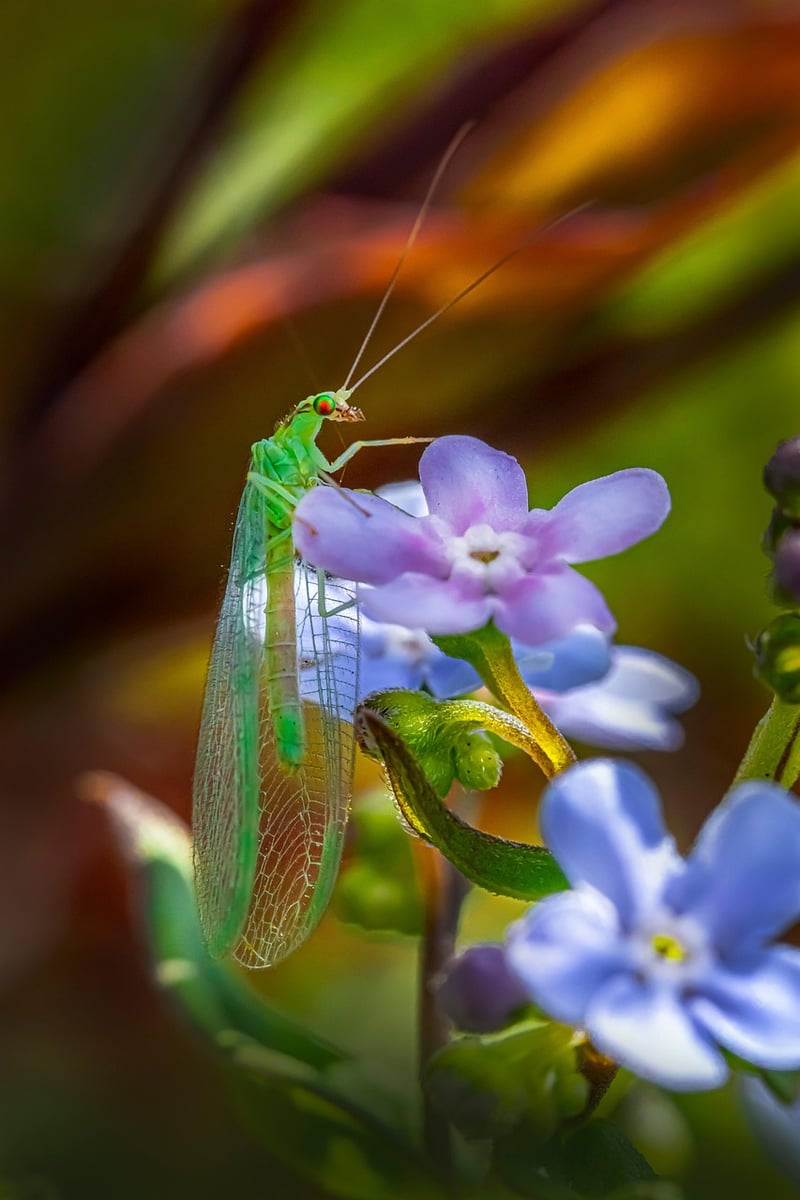
By familiarizing yourself with common garden pests and beneficial insects, you can take proactive steps to manage pest populations effectively while supporting a healthy garden ecosystem.
Remember, maintaining a balance between pests and beneficial insects is key to sustainable gardening practices.
Happy gardening!
